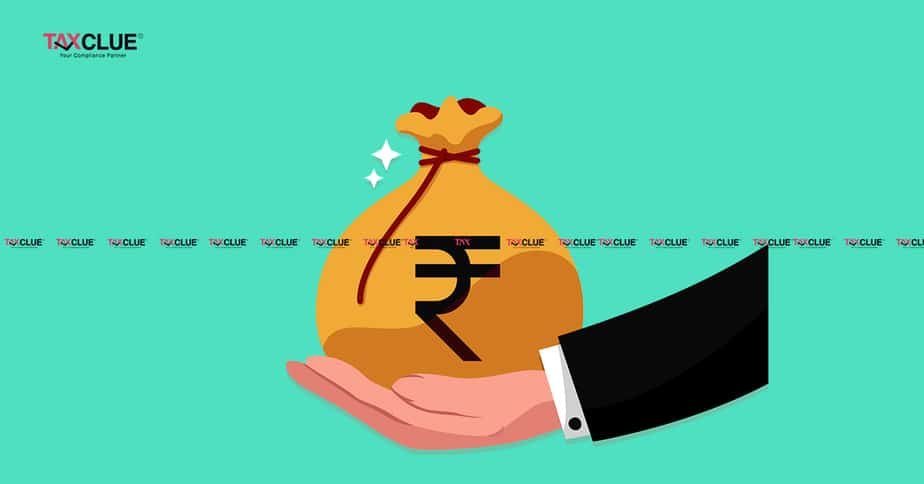Tax-saving fixed deposits (FDs) are great low-risk investment instruments that generate assured returns and are usually extremely easy to open and operate. However, investors must realize that they are different from regular FDs in several ways.
Investors can choose tax-saving fixed deposits over other instruments for the purpose of tax savings under Section 80C of the Income Tax Act of 1961 and for guaranteed returns.
In a financial year, one can claim tax benefits up to a limit of Rs 1.5 lakh by investing in tax-saving FD schemes of banks or NBFCs. It’s worth noting that tax-saving FDs vary from regular FDs in a number of ways.
Also, tax-saving FDs can be opened in “single” or “joint” mode and an adult can open such an FD jointly with a minor. However, in the case of joint holding, the tax-deduction benefits can be claimed only by the first holder. A nomination facility is also available for tax-saving FDs.
Let’s take a look at it first:
Advantages and disadvantages of tax-saving fixed deposits
[tie_list type=”starlist”]
- Tax-saving fixed deposits come with a number of ups and downs. One should and should keep the below facts in mind before investing in a tax-saving FD scheme.
- Tax-saving FDs come with a lock-in period of 5 years, which means that you cannot withdraw your money before the lock-in period in case of any emergency.
- A tax-saving FD scheme is only available to residents and Hindu Undivided Families (HUF).
- One can a tax-saving FD account individually or jointly. But here the catch is that only the first holder of a joint account can seek the Section 80C tax benefit.
- On these FDs, the interest will be paid monthly, quarterly, or annually. One can prefer the compounding option, which means that any interest you receive is re-invested.
- One should know that interest earned from a tax-saving FD is taxable in his or her hand. The interest is added to your annual income and is taxable according to your tax bracket. The amount of interest payable is only measured on a quarterly basis.
- Interest earned from fixed deposits is liable to 10% TDS, but it can be withheld at 20% if a PAN is not submitted. Individuals can submit Form 15G / Form 15H at their concerned bank in order to get TDS-free interest income.
- Except for co-operative banks and rural banks, every public or private sector bank offer tax-saving FD schemes.
- The 5-year Post Office time deposit is also eligible for a Section 80C deduction. This scheme currently offers a 6.7 percent interest rate for a five-year term.
- Premature withdrawal and loans against tax-saving fixed deposits are not allowed.
- Interest rates on tax-saving deposits differ from one bank to the next.
[/tie_list]
Top 10 Tax-Saving FDs with higher returns
10 Banks Currently Offering Highest Interest Rates on Tax-Saving FDs (non-senior citizen depositors)
| Banks | Regular FD Rates | Senior Citizen FD Rates | W.e.f. |
| Suryoday Small Finance Bank | 7.25% | 7.75% | 15-Feb-21 |
| Yes Bank | 6.75% | 7.50% | 8-Feb-21 |
| Utkarsh Small Finance Bank | 6.75% | 7.25% | 19-Oct-20 |
| DCB Bank | 6.75% | 7.25% | 5-Feb-21 |
| Ujjivan Small Finance Bank | 6.75% | 7.25% | 5-Mar-21 |
| RBL Bank | 6.60% | 7.10% | 7-May-21 |
| IndusInd Bank | 6.50% | 7.00% | 26-Apr-21 |
| AU Small Finance Bank | 6.50% | 7.00% | 1-Apr-21 |
| Jana Small Finance Bank | 6.50% | 7.00% | 7-May-21 |
| Equitas Small Finance Bank | 6.40% | 6.80% | 25-Jan-21 |
Source: Official Bank Websites
Conclusion
Fixed deposit (FD) has proven to be a great way to invest because they are not subject to market fluctuations and offer a guaranteed interest rate at maturity. Due to its tax benefits and decent interest rate, tax-saving FD accounts are the most preferred choice among risk-averse investors.
As previously stated, such deposits are eligible for a tax deduction under section 80C of the Income Tax Act of 1961, 5-year tax-saving FDs are classified as a medium-term investment option. As a result, if you have a financial goal that you want to achieve between a period of 3 years but less than 8 years then tax-saving FDs can be a good bet here.
And also tax-saving FDs are also insured up to Rs 5 lakhs (for both principal amount and interest) by DICGC. As a result, all the above-listed banks are covered under DICGC, and investing in a tax-saving FD scheme of any of the above-discussed banks can be a smart decision which not only gives you higher returns along with tax benefits but also enables the safety of your capital which always comes first above the interest rates.





